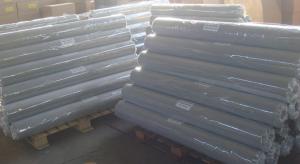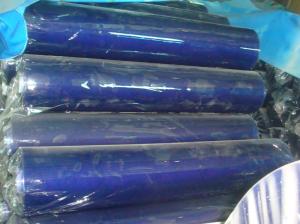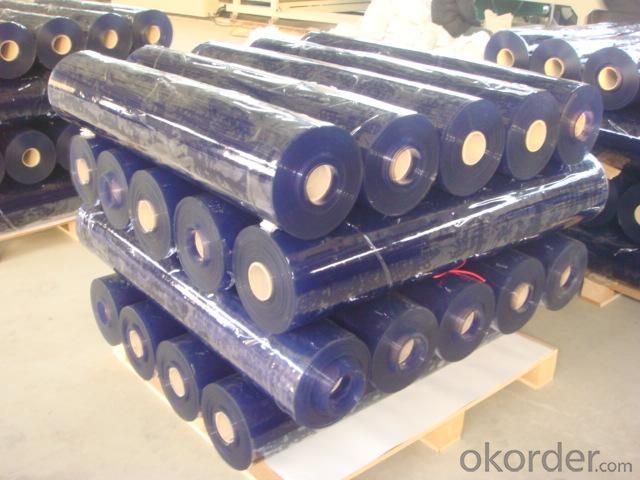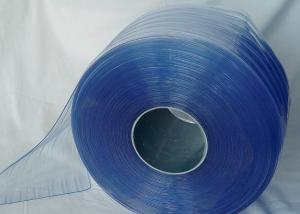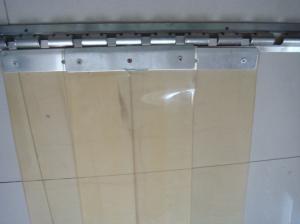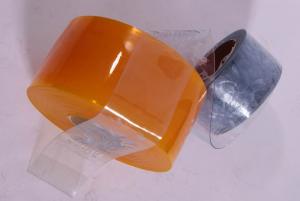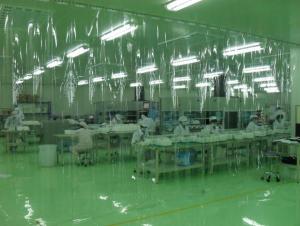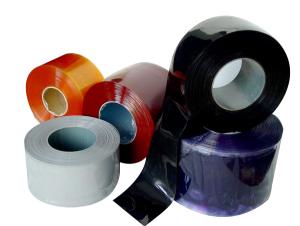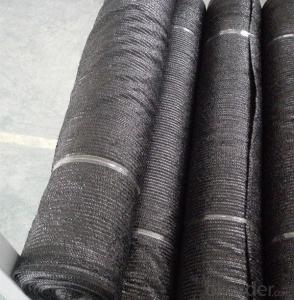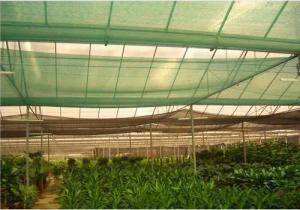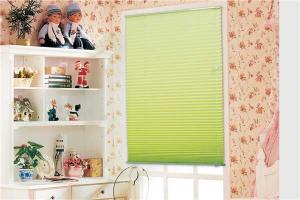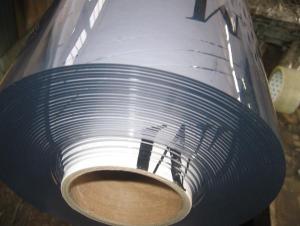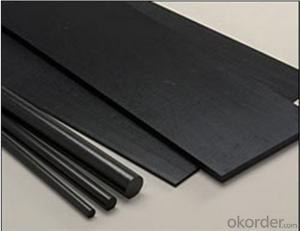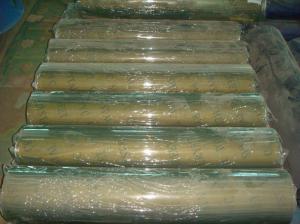PVC Transparent Sheet of Different Colors in High Quality
- Loading Port:
- Tianjin
- Payment Terms:
- TT or L/C
- Min Order Qty:
- 20 Rolls roll
- Supply Capability:
- 15 Containers Per Month roll/month
OKorder Service Pledge
OKorder Financial Service
You Might Also Like
Specifications of High quality PVC Transparent Sheet
Flexible PVC sheet is widely applied for purpose of building and industrial partition ,swing doors,furniture protection,we can provide different dimensions and color solutions for customer's requirement of pvc sheet,which application temperature range from -15 ℃ to +50 ℃,different match of width,thickness and color bring out difference pvc sheet solutions and applications.
* width solution:
600mm/800mm/900mm/1000mm/1200mm/1300mm/1400mm/1500mm/1600mm/1800mm
* thickness solution:
1mm/1.5mm/2mm/3mm/4mm/5mm/6mm/7mm/10mm
Applications of High quality PVC Transparent Sheet
I) these 1mm/1.5mm/2mm pvc sheet is ideal for application such as the partition of workshops and warehouses,printing,furniture protection,building insulation.
II) these 2mm/3mm pvc sheet is ideal to manufacture automatic roll-up doors,or if compatible,fully transparent light duty swing door panels for pedestrians.
III) these 4mm/5mm/6mm/7mm/10mm thickness sheet is best suitable for manufacturing of fully transparent light weight flexible doors,or the upper part of two color doors.
Package& Delivery of High quality PVC Transparent Sheet
Wooden pallet,shirnk film according to custom requires.
Colors of High quality PVC Transparent Sheet
clear: blue/yellow/nature
opaque: black/silver grey/milk white
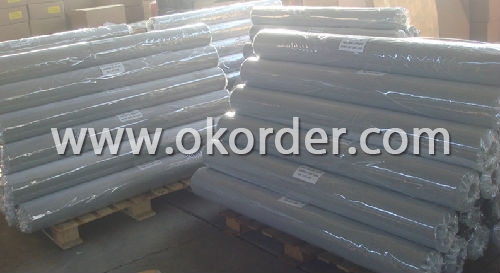
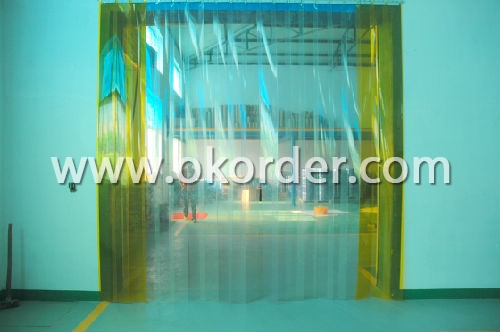
- Q: How can plastic parts in ovens and stoves resist warping and cracking from thermal expansion and contraction?
- Plastic parts in ovens and stoves can resist warping and cracking from thermal expansion and contraction through the use of heat-resistant and durable materials, such as high-grade thermoplastics or reinforced plastics. These materials are specifically designed to withstand extreme temperature changes and have low coefficients of thermal expansion. Additionally, engineers and manufacturers may incorporate design features such as ribbing, reinforcements, or strategic placement of materials to distribute and absorb thermal stresses, preventing warping and cracking.
- Q: Are there any concerns with using plastic in high-pressure or high-stress home appliances?
- Yes, there are concerns with using plastic in high-pressure or high-stress home appliances. Plastic may not have the required strength and durability to withstand such conditions, leading to potential failures or breakages. Additionally, high-pressure or high-stress environments can cause plastic to degrade, warp, or release toxic fumes, which can be hazardous to users or the environment. Therefore, it is important to carefully consider the materials used in home appliances to ensure they can handle the specific demands of these conditions.
- Q: What are the main factors that determine the impact strength of plastic parts in home appliances?
- The main factors that determine the impact strength of plastic parts in home appliances include the type of plastic used, its molecular structure, the presence of additives or reinforcements, the thickness and design of the part, and the processing conditions during manufacturing.
- Q: How does plastic contribute to the overall energy efficiency of home appliances?
- Plastic contributes to the overall energy efficiency of home appliances by providing lightweight and durable components, reducing the overall weight of the appliance. This allows for easier transportation, which in turn reduces energy consumption during manufacturing and shipping. Additionally, plastic insulation materials help to improve energy efficiency by reducing heat transfer and improving the insulation properties of the appliance, leading to less energy loss during operation.
- Q: Can plastic parts in home appliances be easily recycled into new plastic products?
- Yes, plastic parts in home appliances can be easily recycled into new plastic products.
- Q: Can plastic jars and lids in blenders crack or become damaged over time?
- Yes, plastic jars and lids in blenders can crack or become damaged over time due to wear and tear, exposure to heat, or misuse.
- Q: How do home appliance plastics impact the overall noise level of the appliance?
- Home appliance plastics can significantly impact the overall noise level of the appliance. Plastics that are not properly engineered or of low quality can transmit and amplify vibrations, resulting in increased noise levels. On the other hand, high-quality plastics with sound-dampening properties can help reduce vibrations and minimize noise, resulting in a quieter operation of the appliance. Therefore, the choice of plastics used in home appliances is crucial in determining the overall noise level experienced by users.
- Q: How are home appliance plastics different from other types of plastics?
- Home appliance plastics are specifically designed to meet the unique requirements of home appliances, such as durability, heat resistance, and electrical insulation properties. These plastics undergo specialized manufacturing processes to ensure they can withstand the demands of everyday household use. Unlike other types of plastics, home appliance plastics are engineered to provide exceptional performance and longevity in the specific context of domestic appliances.
- Q: Are there any specific labeling requirements for home appliances with plastic parts?
- Yes, there are specific labeling requirements for home appliances with plastic parts. These requirements usually include information such as the type of plastic used, recycling symbols, safety warnings, and regulatory compliance marks. Additionally, some jurisdictions may have specific labeling requirements for energy efficiency or environmental impact. It is important for manufacturers to ensure compliance with these labeling requirements to provide consumers with necessary information and maintain regulatory standards.
- Q: How does the scratch resistance of plastic used in home appliances affect their appearance?
- The scratch resistance of plastic used in home appliances can greatly impact their appearance. Without scratch resistance, the plastic surface is prone to visible scratches, scuffs, and marks, which can make the appliance look worn out and aged. On the other hand, appliances with highly scratch-resistant plastic maintain a newer and more polished appearance for a longer period of time, enhancing their overall aesthetic appeal.
1. Manufacturer Overview
| Location | Hebei, China |
| Year Established | 1995 |
| Annual Output Value | Above US$ 50 Million |
| Main Markets | 15.00% Mid East 10.00% Northern Europe 10.00% North America 30.00% Eastern Asia 10.00% Africa 9.00% Eastern Europe 8.00% Southeast Asia 3.00% Oceania 3.00% Western Europe 2.00% Southern Europe |
| Company Certifications | ISO 9001 |
2. Manufacturer Certificates
| a) Certification Name | |
| Range | |
| Reference | |
| Validity Period |
3. Manufacturer Capability
| a) Trade Capacity | |
| Nearest Port | Tianjin; Qingdao; Shagnhai; Guanghzou |
| Export Percentage | 41% - 50% |
| No.of Employees in Trade Department | 21-50 People |
| Language Spoken: | English; Chinese |
| b) Factory Information | |
| Factory Size: | Above 100,000 square meters |
| No. of Production Lines | Above 5 |
| Contract Manufacturing | OEM Service Offered; Design Service Offered |
| Product Price Range | High; Average |
Send your message to us
PVC Transparent Sheet of Different Colors in High Quality
- Loading Port:
- Tianjin
- Payment Terms:
- TT or L/C
- Min Order Qty:
- 20 Rolls roll
- Supply Capability:
- 15 Containers Per Month roll/month
OKorder Service Pledge
OKorder Financial Service
Similar products
Hot products
Hot Searches
Related keywords
